Malay Chickens – Majestic Giants
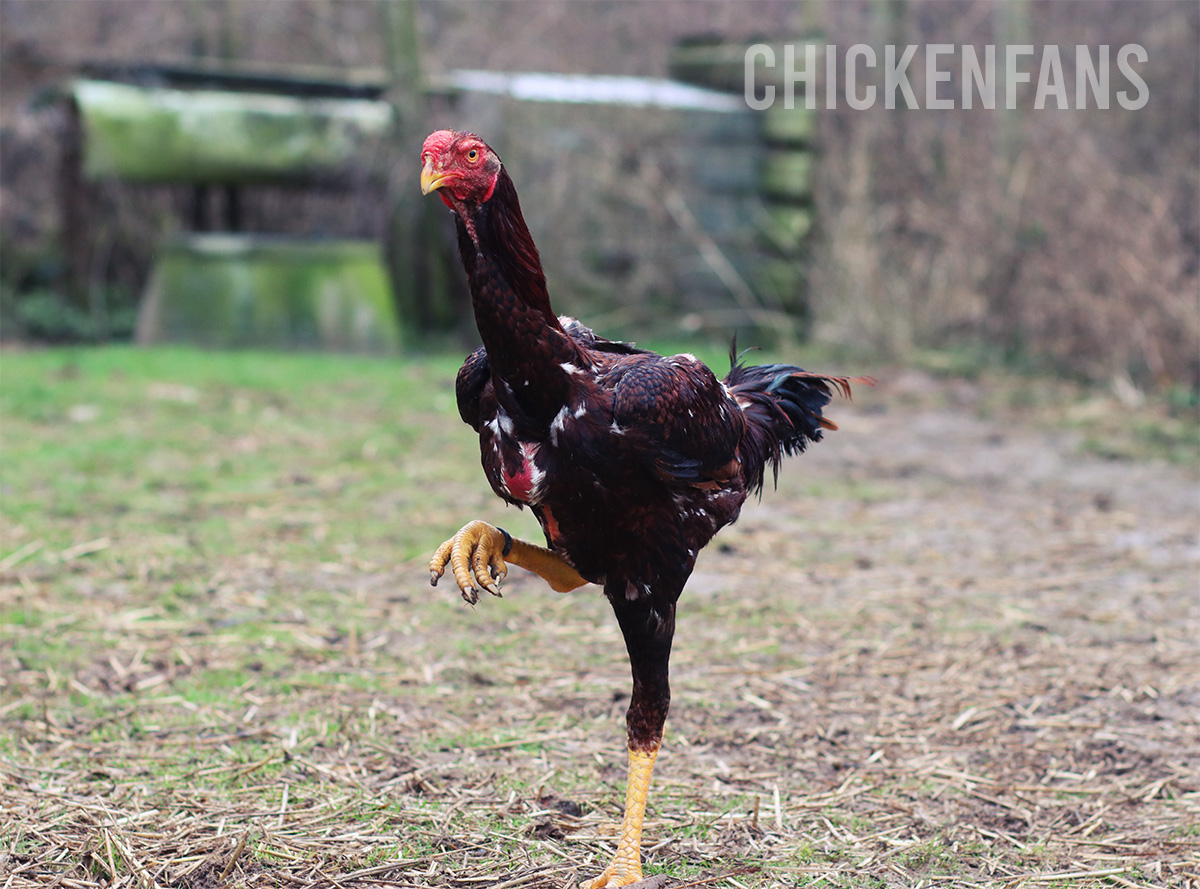
Meet the magnificent Malay chicken. These exceptional Asian game fowl birds can reach up to 3 feet tall. With their menacing look, upright stance, and fierce appearance, they can be very intimidating. Unfortunately, these backyard raptors are an endangered species, with fewer than 300 annual registrations in the US.
We’ll discuss everything there is to know about Malays.
| Eggs | 70-120 eggs per year |
| Egg Color | Tinted, Light brown |
| Egg Size | Medium to Large |
| Weight | 7 – 9lbs |
| Hardiness | All Climates |
| Temperament | Energetic, Pugnacious |
| Beginner-friendly | No |
| Color | Black, White, Red Pyle, Spangled, Wheaten |
Here are some Malays we filmed so you can get an idea of their posture and walk.
Looks and Posture
Malay chickens are an ancient breed of tall oriental game birds with a bold carriage. They stand upright on yellow shanks, have long necks, and have menacing facial expressions. Their fierce demeanor and upright stance evoke the image of a modern-day velociraptor.
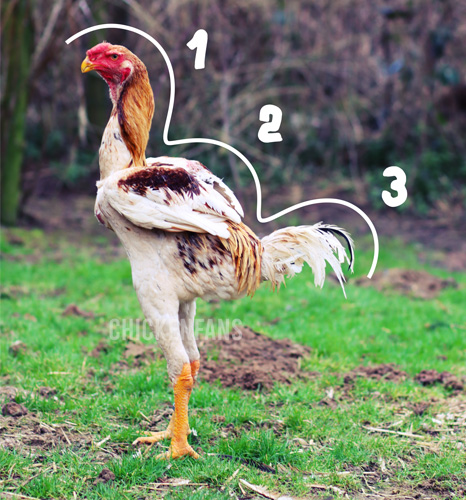
Their signature look consists of three curves in the slope from head to tail. The second arch comes from the wings they carry high, always ready for sudden jumps. The third bow is the small drooping tail with short sickle feathers.
The roosters can get over 3 feet tall (neck stretched) and weigh around 9 pounds, with African outliers reaching up to 16 pounds. The hens are a little bit smaller and tip the scale at 7 pounds on average. They both carry hard feathers, seemingly glued together, feeling like a seamless layer.
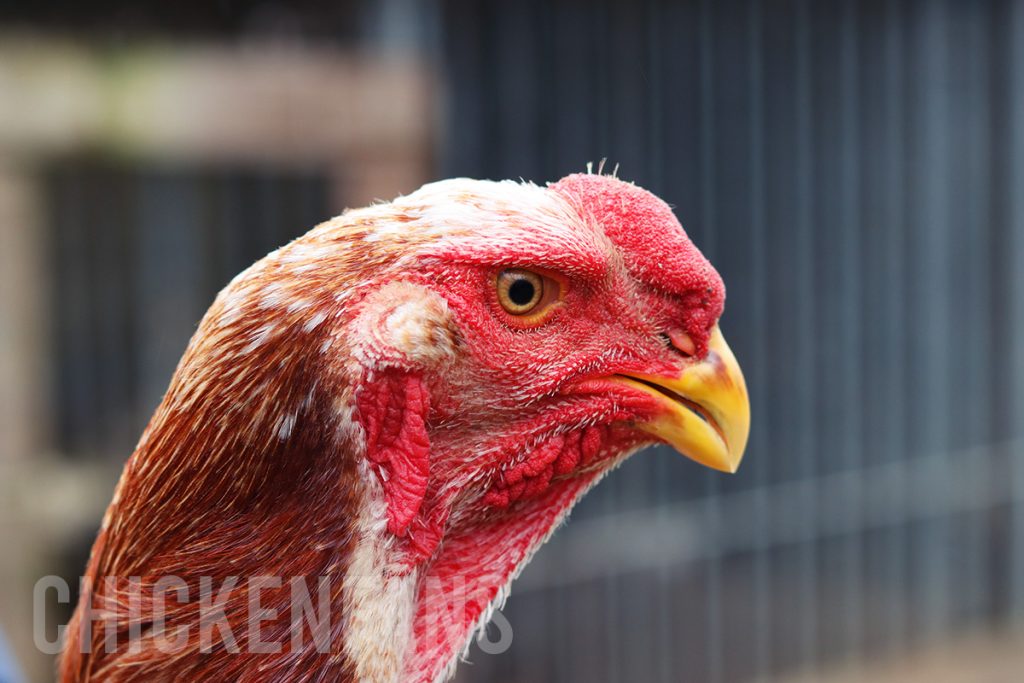
Oftentimes Malay chickens have red naked knobs of flesh at the crop and wing joints.
Malays carry a strawberry comb on red faces with almost no wattles. They have a powerful curved beak complemented by an inch of featherless skin on the throat.
Malay Breed
Malay chickens are an ancient oriental breed named after the Malay Peninsula. They were shipped to England in 1830 from Southeast Asia and added to the British Standard of Excellence in 1845. The Black Breasted Red variety entered the American Standard of Perfection in 1883.
Nowadays, both bantams and large fowl are in the standards. The official APA standard recognizes six varieties: Black, Black Breasted Red, Red Pyle, Spangled, White, and Wheaten for hens.
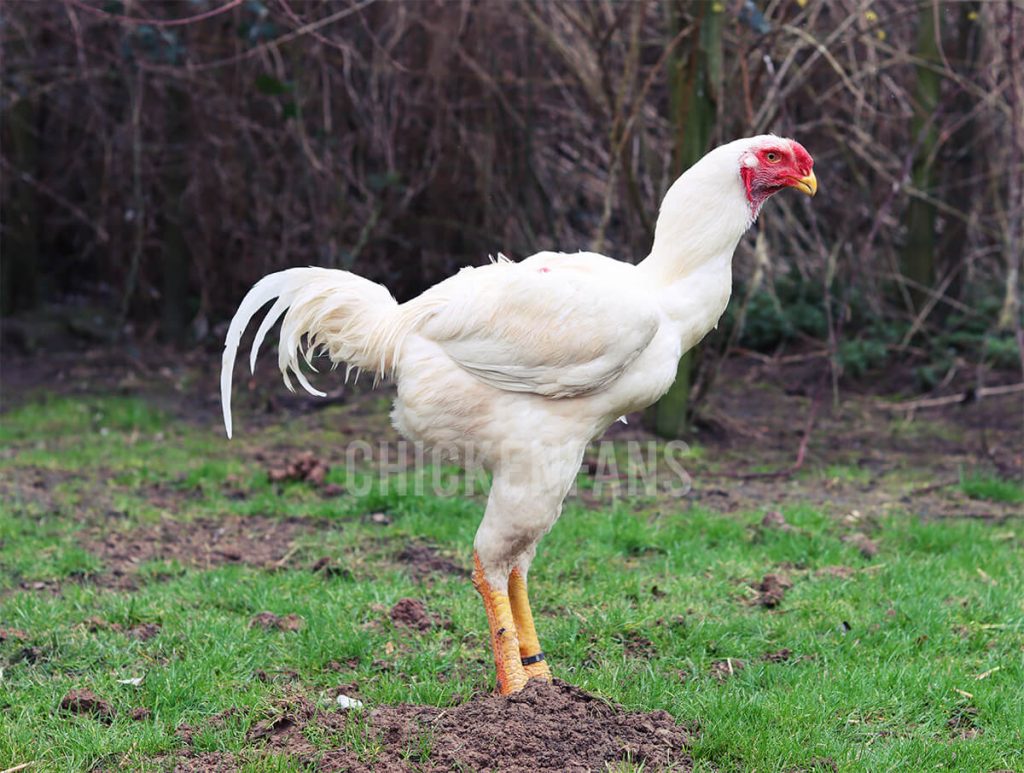
Although Malay is categorized as Game Fowl, they are not bred for fighting. They are mainly kept by breeders, lacking pure game blood. That said, they can be harsh to each other in confinement conditions when they have to stand up for themselves.
The old Malay breed originated many modern breeds, like the Brahma, Rhode Island Red, and Índio Gigante.
Unfortunately, the Malay breed is not faring well due to many inherent health issues passed on along the genetic lines. Compared to the hardiness of the Shamo, Malay chickens are a fragile and delicate breed. In Europe, few lines are still around, and breeders struggle to get the breed healthy and hardy, limited by import embargos.
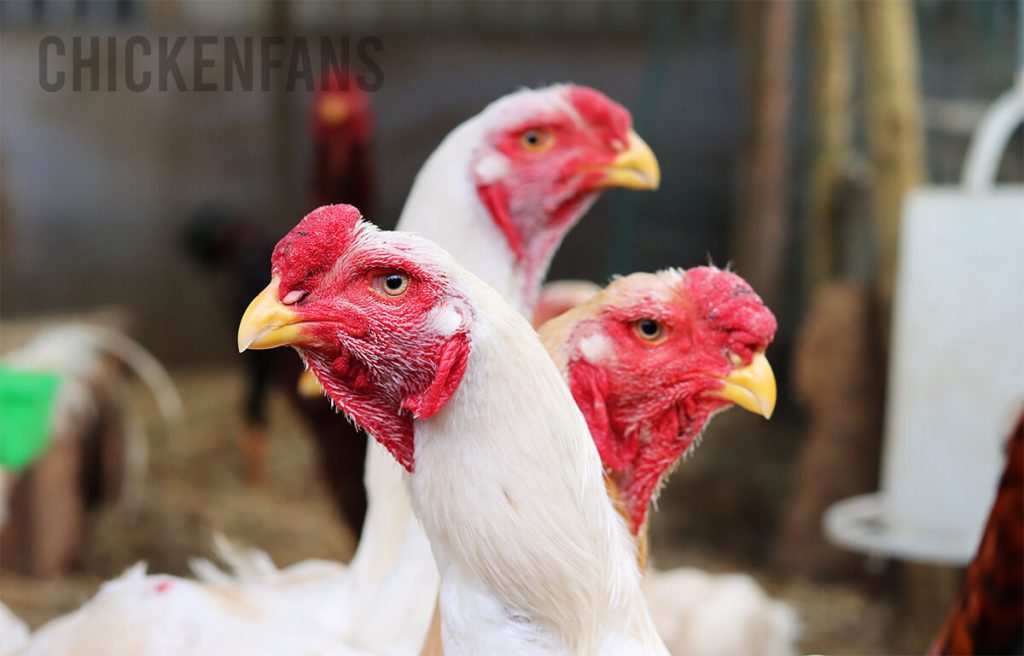
Weather Hardiness
The Asian Malays thrive well in hot climates and warm temperatures as long as they have plenty of water and shade.
Modern lines can also withstand the cold reasonably well these days. Their little wattles and small strawberry comb are not prone to frostbite either.
That said, they are no oriental penguins either. With their hard feathers, they can’t fluff up to keep themselves warm. They are, therefore, best sheltered when it starts to freeze outside.
This is especially important with birds that hatch in late summer. The birds grow rapidly but feather slowly. Their accelerated growth outstrips them of their feathers, exposing a vulnerable half-naked neck, shoulders, and belly, not ideal in harsh weather.
Confinement Conditions
Malay chickens are big active birds that need plenty of space. They can get aggressive towards each other when confined by a lack of space, especially when the flock gets crowded.
A cold and cramped environment causes them stress and discomfort. When they get stressed, they start pecking each other’s feathers.
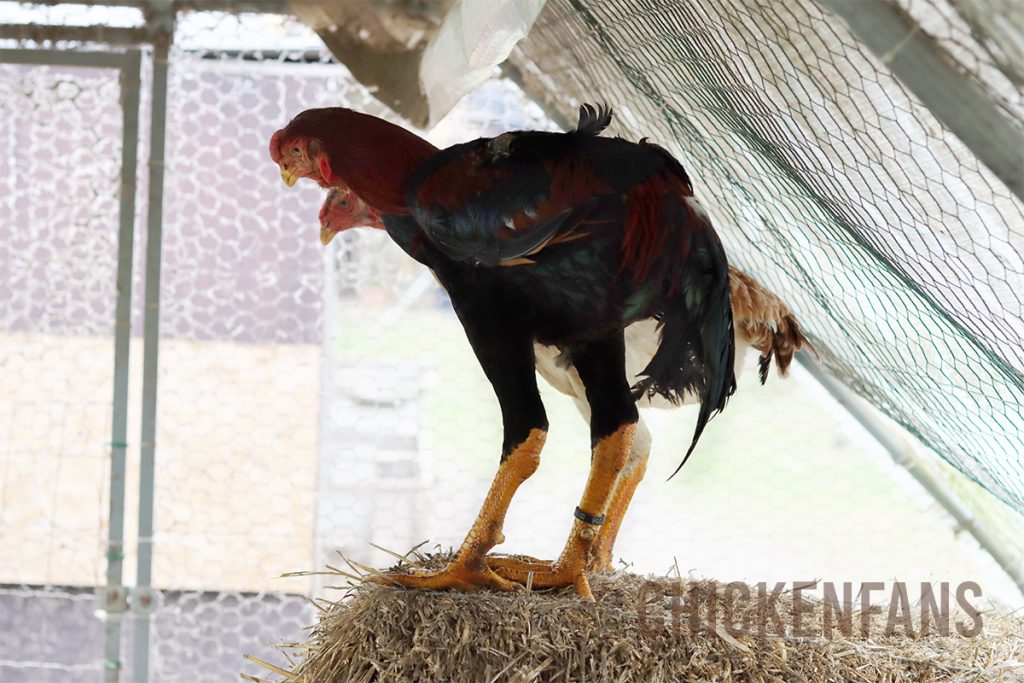
They also need a lot more height than regular chickens do. It’s recommended to have some elevated roosting bars so that they can jump and flex their muscles.
Many breeders keep the feeders at a height, so they don’t have to bend all the way to get to the floor. Apart from being more comfortable for the birds, this can also prevent crop issues, especially in growing pullets that are prone to crop problems.
Ideally, they can forage in the sun during the day. Their coop should be ventilated, without a draft, and keep the birds out of the rain.
European & American Malay vs. African Malay
Compared to the elegant European and US Malays, the African Malays are generally much more robust and impressive. US Malays were imported from the English/European Malay breed, while the African Malay is a distinct line with unique physical characteristics and traits.
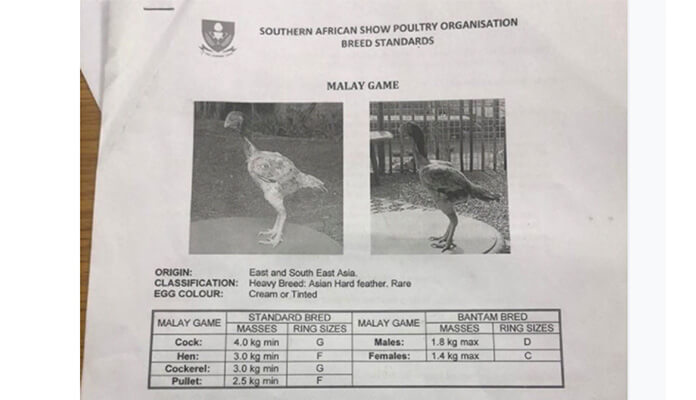
The African roosters are larger than their European counterparts and weigh at least 9 pounds. African Malays have wide skulls, short and robust beaks, larger wattles, and much thicker leg muscles. Besides genetic predisposition, the warmer temperatures in African countries may contribute to their growth.
On the other hand, the African birds have less of the elegant three-arched back curvature that defines the European Malays. They carry their wings more on the sides of their bodies.
It is worth noting that the African Malay roosters are also used in Brazil to increase the head and height of the Indio Gigante breed.
Egg Production
Malay hens are not the best egg layers and lay 70-120 eggs yearly. The eggs are tinted light brown. They are regular eggs when the pullets start laying but get larger when the hens get bigger.
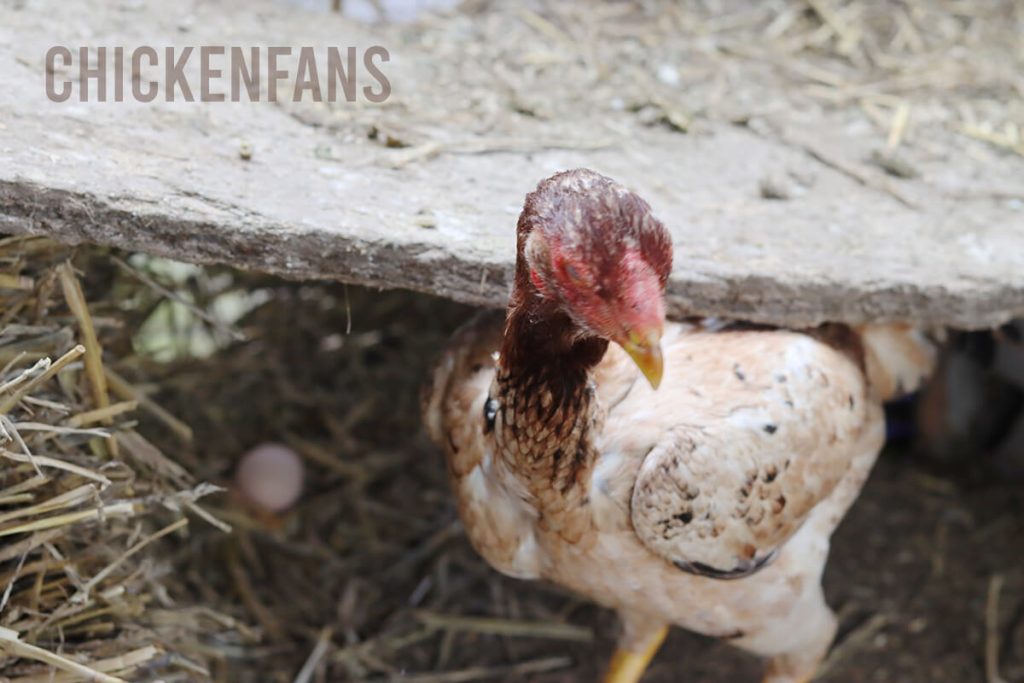
They start laying eggs in early spring and lay for about six months. Malays don’t lay eggs in the winter.
The hens tend to get broody, and you can get decent offspring by natural breeding. Unfortunately, the hens can’t cover that many eggs with their hard feathers.
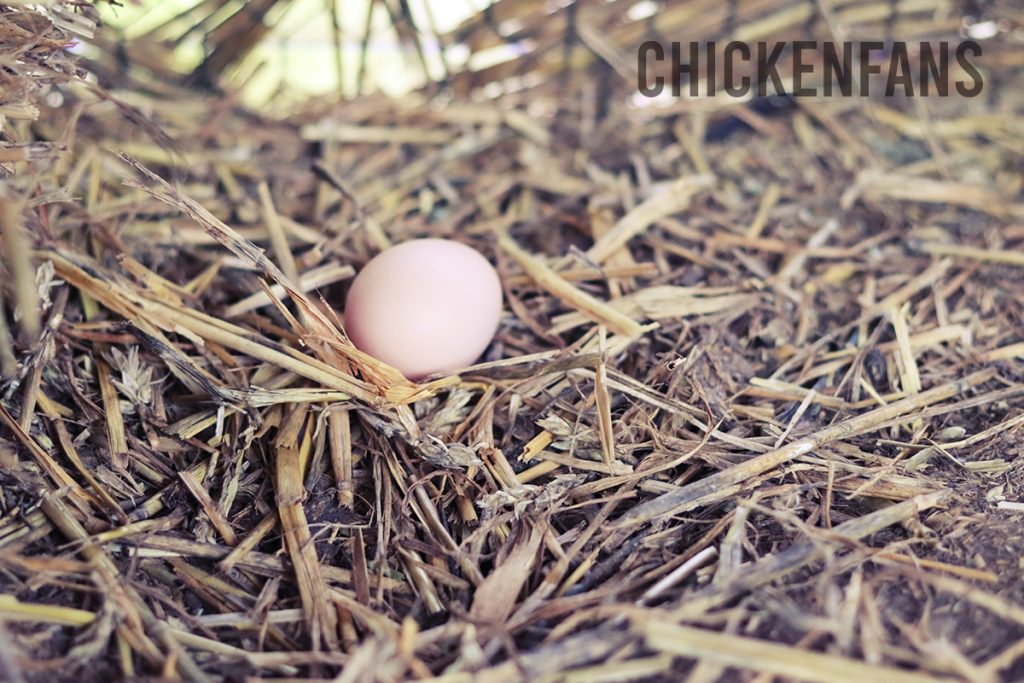
Personality
Malay chickens are active, flighty chickens that can be pugnacious towards each other. In general, they are quite docile towards humans. With their fighting instincts, Malays don’t mix well with other breeds.
Roosters can get quite aggressive when put together. They will try to establish a pecking order.
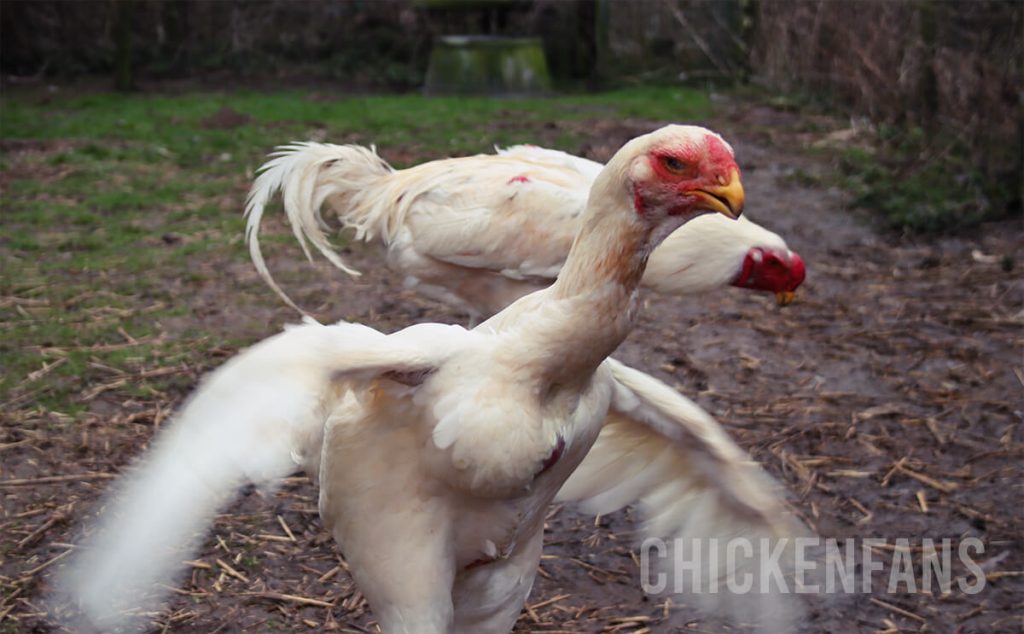
There can be quite some personality differences, so observing the birds is essential. A couple of older Malay hens can easily take down a young rooster.
We strongly recommend keeping Malays away from children. With their size, big muscles, and fighting instincts, they are just too dangerous. A peck from their robust beaks can hit like a hammer.
Raising Malay Chicks to Pullets
Raising Malays can be peculiar and comes with a couple of perks to deal with.
Since Malays are susceptible to health issues, vaccinating them when they are young is crucial. Chicks need to be kept in a warm environment. It’s recommended to give the young birds extra vitamins and probiotics.
Crop issues
When they grow up, the young birds with their long necks are susceptible to crop issues. It’s best to have elevated feeders so they don’t have to bend their necks. Adding apple cider vinegar to the drinking water can also aid in the prevention of impacted and sour crop.
To prevent crop issues, it can help to stay on chick meal a little longer before shifting to larger feed like broken corn.
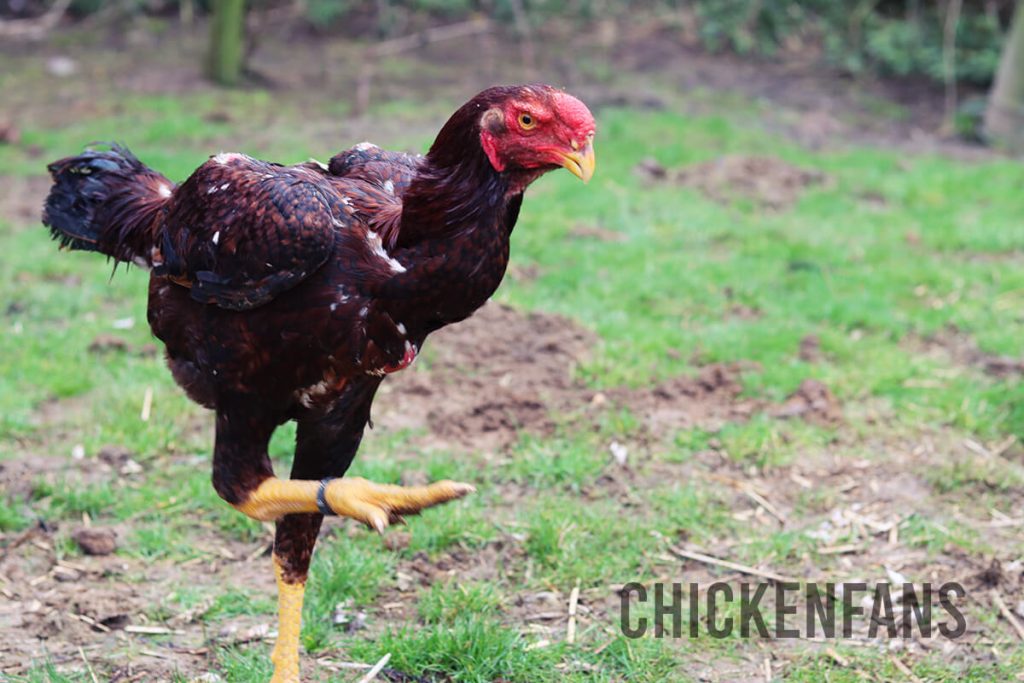
Feeding Young Malay Chickens
Malay chickens are large, and intuitively you might think they need a lot of proteins to build muscle. Although protein is important, adding too many proteins to their diet can cause an unhealthy growth spurt.
Too much protein causes their body to outgrow their legs. They end up sitting on the ground when their shanks can’t bear their body weight and collapse. It’s essential to control their growth to get healthy Malays. The roosters tend to outgrow their legs faster than the hens.
Instead of adding proteins, it’s better to provide extra calcium. That way, their skeleton can develop and keep up with the massive body weight. For pre-lay pullets, adding calcium carbonate also helps to provision their medullary bones.
Pecking Order
When the young birds get old enough, it can be challenging to integrate them with the main flock.
Observing what’s going on is absolutely critical in the first days. When the birds’ instincts kick in, they can fight to the death.
Older hens can easily dominate young roosters. In that case, you can step in as a breeder and push the hens until they are too tired, so the rooster has a physical advantage. The young roosters will literally stand on the hens to establish dominance.
Breeding Malay Chickens
As there is a lack of genetic diversity in the gene pool of Malay chickens, close inbreeding is a guaranteed recipe for problematic offspring. For Malay chickens, mating sire to daughter, son to mother, or full brother to full sister is not an option.
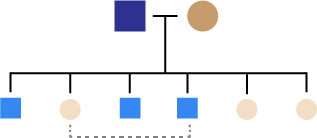
Outcrossing is also difficult as long transports can be challenging and stressful for the birds. Crossbreeding with similar breeds can improve genetic diversity but can remove typical Malay characteristics.
Malay chickens are very susceptible to diseases. Many breeders have a backup flock in case of emergencies. It’s not uncommon to lose a bird due to health issues. Breeding Malay chickens can be emotionally challenging.
Malay Mating Strategies
That’s why many Malay breeders select health and traits first rather than plumage and color. After all, strong, healthy chickens are important for the species’ survival.
However, it’s not just about assortative mating. You can’t just put any two birds together. Malays come with a wide range of different personalities. Roosters can get quite aggressive, and older hens can be really bold toward young roosters.
Rooster Hen Ratio
Female Malays can hold their own pretty well when confronted with their male counterparts. You don’t need an abundance of hens: one or two hens per rooster in a breeding pen is enough.
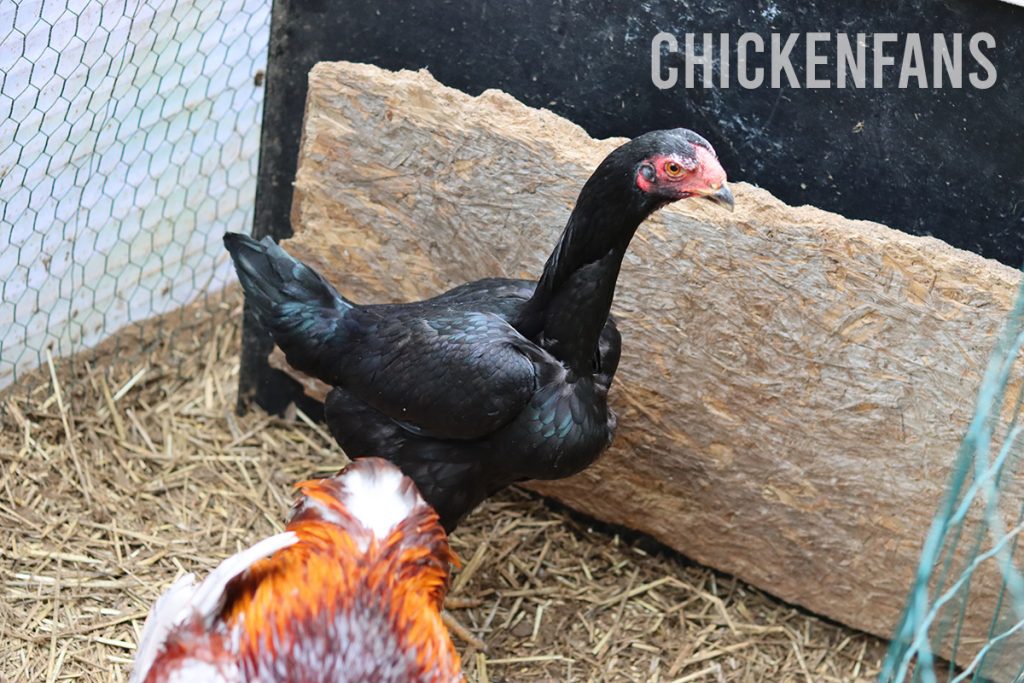
It may even be that the adult hens dominate young roosters. The instinct of the older game hens can result in fighting and even killing a younger rooster.
Where to get Malay chickens
As they are rare, you must find a local breeder to get eggs or birds to start breeding. We recommend informing yourself and making sure to get proper, healthy birds. With the scarcity, getting proper birds can be challenging.
Common Malay Diseases
The Malay breed suffers from inbreeding issues in many regions. They are a very fragile breed and susceptible to diseases. Since there are so few lines, even birds from distinct breeding farms can carry genes from common ancestors.
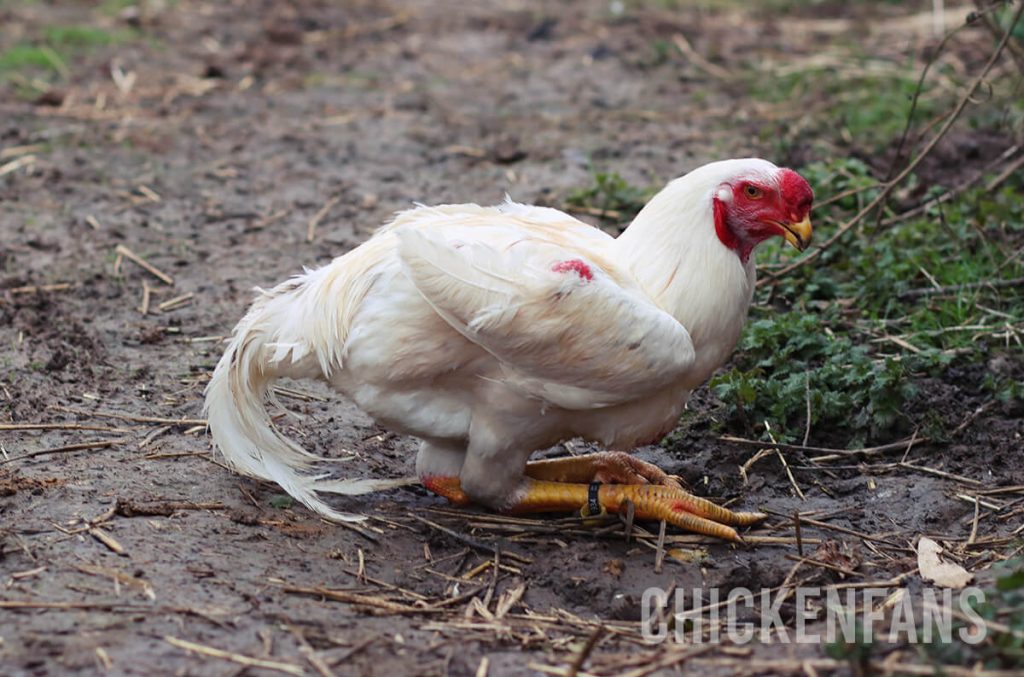
Some health issues that are common with Malay chickens:
- low hatch rates
- low chick survival rates
- leg weakness or paralysis
- struggling to support their weight
- neurological disorders
- respiratory diseases
- cardiac arrest, heart attacks
- sudden death
Vaccination is crucial when dealing with Malays.
Several breeders have seen sudden deaths in their flocks even with the best care. This makes the breeding process of Malays psychologically demanding.
Meat Production
Some books refer to Malays as meat birds because they are big. One example is the Chicken Encyclopedia of Gail Damerow. In its meat breed chapter, it lists an average slaughter weight of 7,5 pounds for Malay roosters and 5,5 pounds for hens.
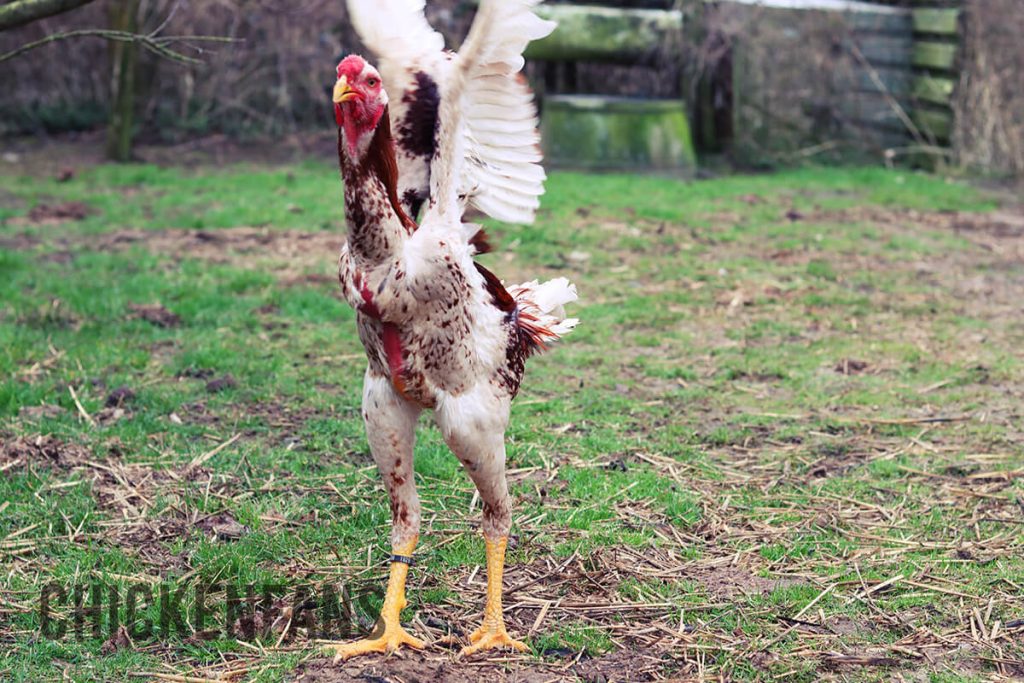
Although they are big, Malays have never been interesting meat birds. They are rather long than big, and they eat a lot of food to grow. They are also very difficult to raise at a correct pace. If you feed them protein-rich food, they will quickly outgrow their legs, and their shanks can’t hold their body.
Nobody raises Malays as meat birds. They are rare, getting extinct, and kept by breeders to resurrect the breed or as an ornamental breed in poultry shows.
Similar Breeds
Malay chickens can look very similar to other game fowl, especially to the untrained eye. Let’s have a look at some other breeds and discuss the main differences.
Malay vs. Shamo
Shamo chickens are Japanese game fowl that look similar to Malay chickens. They are tall with an upright stance but lack the three signature curves of a Malay chicken. Their face is alike, but they carry a pea comb. As a breed, they tend to be stronger and less fragile than Malays.
Malay vs. Asil (Aseel)
Aseel chickens are Indian fighting chickens and the ancestors of the Indian Game. There are several Aseel varieties, and many of them are smaller and weigh less than Malay chickens. The heads, backs, shoulders, wings, and shanks completely differ from Malay chickens.
The Kuhlang Aseel can get 9 pounds and 30 inches and comes closer to a Malay chicken’s looks. But they have a less exaggeratedly upright stance, different postures, and unlike body proportions. They also carry a pea comb, whereas Malay chickens have a smooth strawberry comb.
Malay vs. Thai Game Fowl
The Thai game originates in Thailand and is also from the Malayoid type but built lighter than the Malay. They carry a walnut comb, which gives them a less menacing look than the Malays with their strawberry comb.
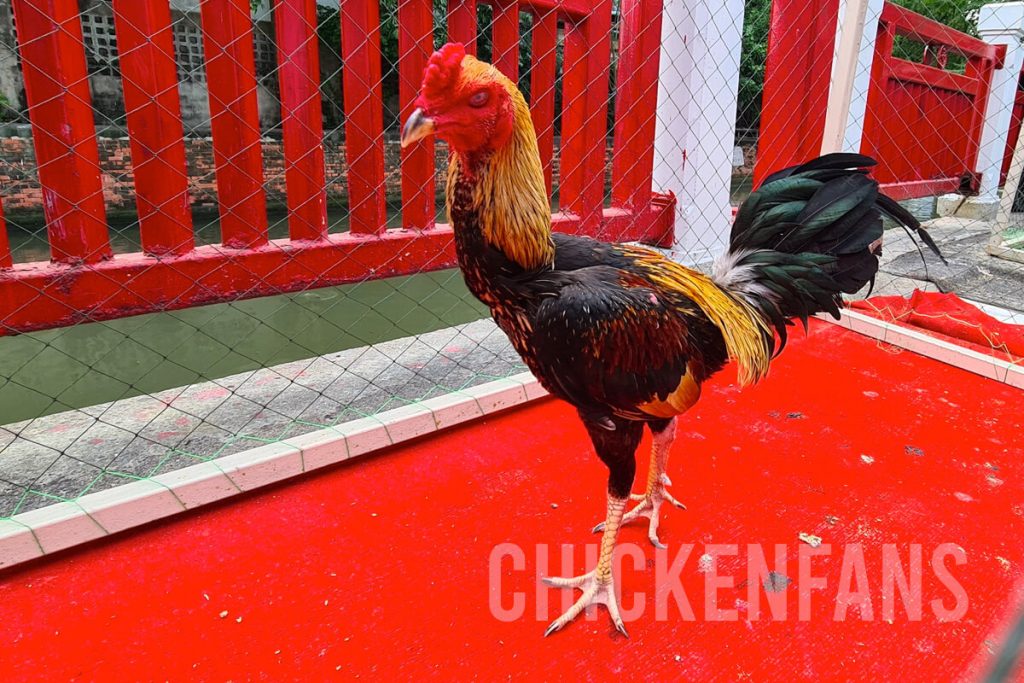
The sickle feathers in the tail tend to be longer and are positioned higher than those of the Malay chickens with their signature curves.
Indio Gigante
The Indio Gigante is a relatively new breed from Brazil. They are huge chickens with roosters larger than 40 inches and some extending over 4 feet. They are a crossbreed from large game fowl such as Shamo and Malays, created with selective breeding. In 2020, they became a new standard in the Brazilian Poultry association. Breeders use African Malay roosters to improve some of the Indio Gigante’s traits.
Endangered Heritage
The Malay chicken breed is in bad shape, and healthy birds are getting rare. There are a lot of inherent health issues with many Malay chicken lines, and they are rather difficult chickens to breed. Breeders are trying all they can to restore the breed to its original strong shape.
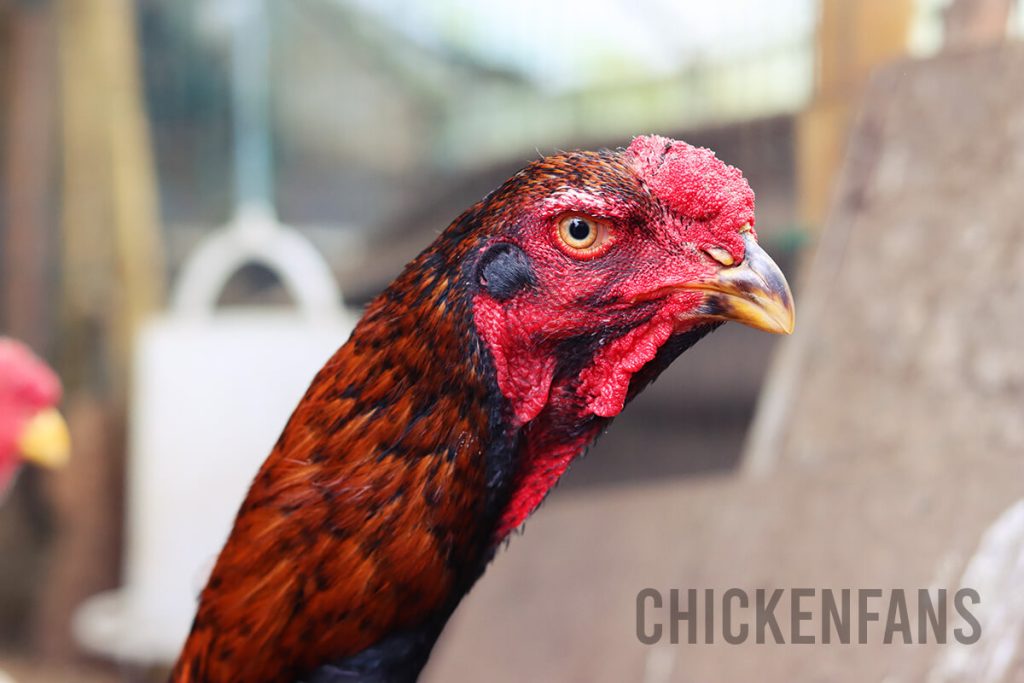
The table below lists the current SDG indicators for the risk of extinction. The Global SDG Indicators are a set of indicators used to measure progress toward achieving the Sustainable Development Goals (SDGs) established by the United Nations in 2015.
| Region | Population Size | SDG Risk Status | SDG Risk Status |
|---|---|---|---|
| United States | >267 | At Risk | Endangered |
| Australia | >465 | At Risk | Endangered |
| Europe | >200* | N/A | Endangered |
| UK | Unknown | – | – |
| Asian Countries | Unknown | – | – |
| African Countries | Unknown | – | – |
The FAO data sources do not contain population data for any of the African countries where people keep Malay chickens, such as South Africa and Zimbabwe. There is also a lack of data for Asia, even in the Malay Peninsula countries Myanmar, Thailand, and Malaysia.
The FAO international Transboundary Breed Risk Level for Malay chickens is At Risk. The Transboundary Breed Risk Level (TBRL) is a classification system used by the Food and Agriculture Organization of the United Nations (FAO) to assess the level of risk of loss of genetic diversity in livestock breeds across international borders.
About the Photos: Most birds depicted in the photos belong to the passionate expert Nick Vinamont, moderator and group expert of the Malay District, who shared his knowledge about raising Malay chickens.
FAQ
The roosters can get 3 feet tall and weigh ~9 pounds. African Malays get bigger than European and US Malays, reaching up to 16 pounds. The hens are a little bit smaller and tip the scale at 7 pounds on average. The official length is measured from the longest toenail to the tip of the beak.
No, Malay chickens are a fighting breed and can get up to 3 feet tall. They have a pugnacious temperament and very dangerous robust beaks. A peck from a Malay chicken can hit like a hammer.
No, Malay chickens are game fowl, and their inherent pugnacious nature can take over when their instinct kicks in. Most breeds don’t stand a chance against large fighting Malays.
Malay chickens do not make more or less noise than other breeds of chickens. The rooster’s crow is rather short and raspy, lacking any elegance.
Malays are measured stretched from the longest toenail to the tip of the beak. So it’s not the “height of the head” when they are standing upright. This way of measuring is the Brazilian method that’s also used for the Índio Gigante: you need a tape measure to get their official length.






















